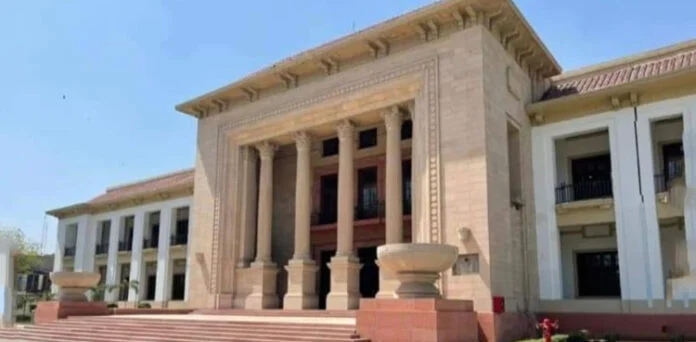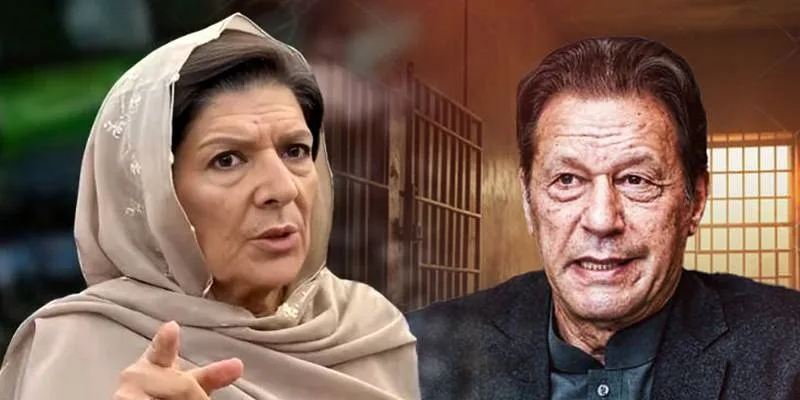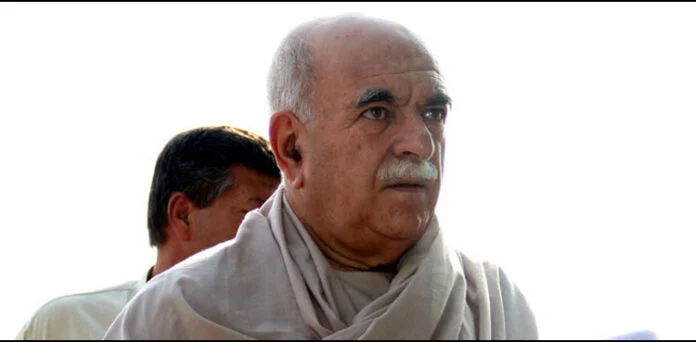
As the Federal Reserve approaches its policy meeting on March 18-19, the labor market remains strong but is beginning to show early signs of softening. This presents a challenge for the central bank, especially if inflation remains elevated and new tariffs introduced by the Trump administration contribute to rising prices.
The Labor Department’s February report indicated an increase in job growth, with 151,000 new jobs added. This surpasses the monthly range of 80,000 to 100,000 that Fed Governor Christopher Waller recently described as a healthy level of job creation. Waller and other officials have emphasized that a strong labor market gives the central bank room to maintain its benchmark interest rate between 4.25% and 4.50% while waiting for further progress in reducing inflation, which remains above the 2% target.
Despite job gains, the unemployment rate rose to 4.1%, and the number of individuals settling for part-time work due to a lack of full-time opportunities increased. This pushed the broader measure of underemployment, known as U-6, to 8%, the highest level since October 2021.
The report also showed a decline in federal employment, though analysts suggest the full impact of workforce reductions initiated by tech billionaire Elon Musk and the Department of Government Efficiency may not be fully visible until March or April. Some economists predict that reduced immigration, federal job cuts, and uncertainty over tariff policies and financial concerns could slow hiring in the coming months, potentially complicating the Fed’s approach to managing inflation and employment.
Following the report, traders adjusted their expectations for the first Fed rate cut, shifting it from May to June while still anticipating three cuts in 2025. Policymakers, who previously projected two rate cuts for the year, will revise their outlook at the upcoming meeting.
Uncertainty surrounding U.S. tariff policies has created volatility in financial markets and led some businesses to delay investment decisions. Several Fed officials have expressed the need for greater clarity on trade policies before making further adjustments to interest rates. Fed Chair Jerome Powell is expected to provide an updated assessment of economic conditions and monetary policy later in the week.




















